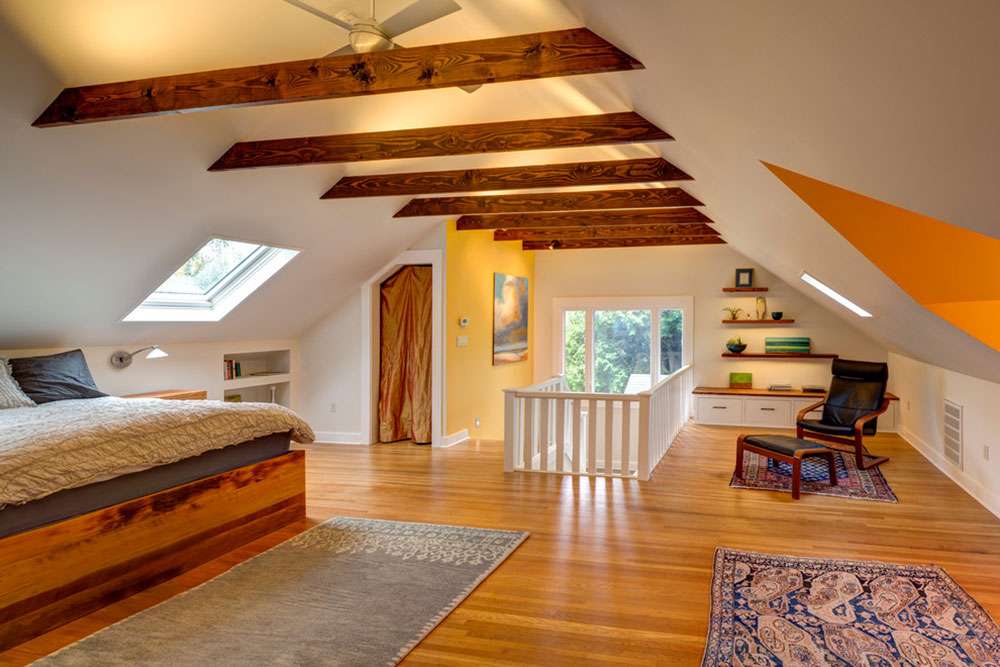In recent years, the importance of sustainable building practices has become increasingly evident. For homeowners and real estate developers alike, understanding the benefits of LEED certification is crucial. The Leadership in Energy and Environmental Design, commonly known as LEED, sets the standard for sustainable buildings globally. Let’s delve into the profound LEED certification benefits that make it a pivotal consideration for modern construction and real estate development.

Introduction to LEED Certification
LEED certification is a globally recognized symbol of sustainability achievement. It encourages builders to implement practices that improve environmental and public health, offering a framework toward green building. Real estate developers are increasingly recognizing how adopting LEED principles can enhance both the environmental footprint and economic value of properties.
Environmental Benefits of LEED Certification
Reduction in Carbon Footprint
One of the primary LEED certification benefits is the reduction in the carbon footprint of buildings. Sustainable materials, energy-efficient systems, and innovative design patterns contribute significantly to lowering emissions, aiming for a healthier planet. Learn more about green building benefits.
Water Efficiency
Water conservation is a key focus of LEED certification, promoting the use of systems and fixtures that minimize water waste. This not only preserves vital water resources but also results in cost savings for property owners.
Economic Advantages of LEED Certification
Increased Property Value
Homes and buildings with LEED certification often have a higher market value. Investors and buyers are willing to pay a premium for properties that promise lower utility costs and demonstrate environmental responsibility. Explore sustainable construction.
Operational Cost Savings
Energy-efficient upgrades and green technologies result in substantial savings on operational costs. Over time, these savings can offset the initial investment required for achieving LEED certification.
Social Benefits of LEED Certification
Enhanced Occupant Health
Buildings designed with LEED guidelines emphasize improved indoor air quality, natural lighting, and reduced pollution. These elements collectively contribute to better health and wellbeing of inhabitants.
Community Impact
Beyond individual buildings, LEED certification has positive effects at the community level by encouraging sustainable urban planning and the creation of green jobs.
The Process of Achieving LEED Certification
Understanding LEED Ratings
LEED offers different levels of certification, including Certified, Silver, Gold, and Platinum, based on the total points a building earns in various sustainability categories. Each level reflects a higher degree of commitment to sustainable practices.
Steps to Certification
Achieving LEED certification involves careful planning and execution. Builders must follow a systematic approachfrom project registration, selecting applicable LEED credits, to submitting the project for review by the U.S. Green Building Council (USGBC). Step-by-step green construction.
Case Studies and Real-world Examples
Understanding the real-world application of LEED standards offers valuable insights. Numerous projects globally illustrate successful implementation of LEED principles, showcasing improved efficiency and sustainability.
Residential Building Success Stories
Residential LEED projects often highlight significant energy savings and resident satisfaction. These successes emphasize the practical advantages of integrating LEED frameworks into housing developments. What is green construction?
Commercial and Industrial Applications
Many commercial and industrial properties also showcase the broad applicability and benefits of LEED certification. From reduced operational costs to enhanced brand image, these projects underscore the broad spectrum of LEED certification benefits.
FAQ Section
What is the main aim of LEED certification?
LEED certification aims to promote sustainability in building design, construction, and operation, reducing environmental impact and improving occupant health.
Are LEED-certified buildings more expensive to build?
While initial costs can be higher, LEED-certified buildings often save money over time due to lower energy and water bills, as well as increased property value.
How does LEED certification benefit the community?
LEED certification promotes sustainable community development, reduces carbon footprints, and stimulates the creation of green jobs, benefiting the overall community.
For more insights on sustainable construction trends, visit eco-friendly trends in construction.

Conclusion
Embracing LEED certification is an unequivocal step toward a sustainable future, enabling developers and homeowners to contribute positively to the environment, economy, and society. As the demand for green buildings continues to grow, so does the importance of understanding, achieving, and leveraging the multitude of LEED certification benefits available to forward-thinking stakeholders in the construction industry.
This article contains affiliate links. We may earn a commission at no extra cost to you.




